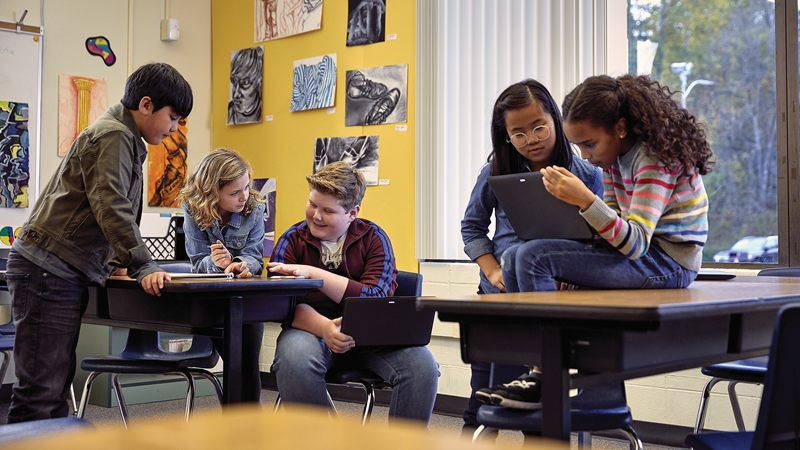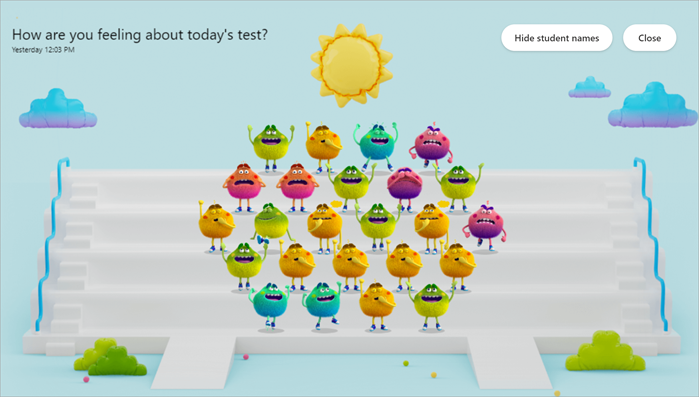Create a social emotional learning kickoff lesson for your class
Self-reflection is core to social and emotional learning, and learning in general! Having just completed a reflective practice yourself, here are some examples of how you can hook students by modeling the importance of SEL and goal setting.
Ask students what they know about goals and why people set them.
Connect a story to the SEL goal you created for yourself and tell your students.
- This helps students understand that social and emotional learning is a process for life, and a process for everyone, not just kids. It’s important that it doesn’t feel like a way to "fix" them or their behavior, but a way to support them in all their goals!
- Try to emphasize and demonstrate how you had to be honest with yourself to see what you needed to work on. It’s easy to say we’re good at regulating our emotions, but the hard work of seeing where we could improve is what helps us grow!
Introduce students to emotional granularity (vocabulary word anyone?) by naming emotions.
- Find the list of words Reflect offers to describe emotions here. Make this fun in a way that suits your class, here’s a few suggestions:
- Write each word on a sticky note and make sure each student has one (you can add a few extra emotion words if you want every student to have two). Then, ask students to categorize the words on one of five big sheets of paper with emojis matching those on the Reflect app. You can download Reflect emojis to print here.
- Pair up students to discuss pairs of words that are similar, but not the same, emotion. For example, one student pair might receive this list, then ask what they think makes the feelings different? When class comes back together, share out new words or words they were stuck on.
- creative & inspired
- calm & tired
- tired & exhausted
- frustrated & hopeless
Take a moment during close reading to try to name the emotion of a character. This is a great exercise for developing empathy.

Have students get their devices and go to their seats. While they get settled, send a Reflect poll to the class. This is a great time to remind students about honest reflection and how it can help them identify specific problems so they can make meaningful goals.
To give students the opportunity to see how their classmates are feeling, choose Responses but not names as the privacy setting. Students will never see a peer’s name associated with their reflection but seeing how others responded can encourage empathy and spark powerful classroom conversation.
If it fits your classroom's needs, host a conversation about the distribution of emotions. Using Together view can help students understand the diversity of emotions in class and build empathy for others' feelings.
Remind students that there's no "right" or "wrong" emotion, and the important thing is identifying feelings so we can take care of ourselves and our community.
Some questions you might begin with
- Did you notice people who are having a different experience than you today?
- Did you notice there are people having a similar experience to you today?
- How does it help our classroom be better teammates if we know there are lots of different emotions around us every day?
- When you aren't happy, what do you want from the people around you?

Create a culture of SEL
SEL is Social! Collaboration between the adults in your school and community will help bring about the benefits of SEL for everyone involved. Share your successes and challenges so that each person in the school community can benefit from everyone's experience and iterate for solutions that meet the unique cultural needs of your teaching environment.